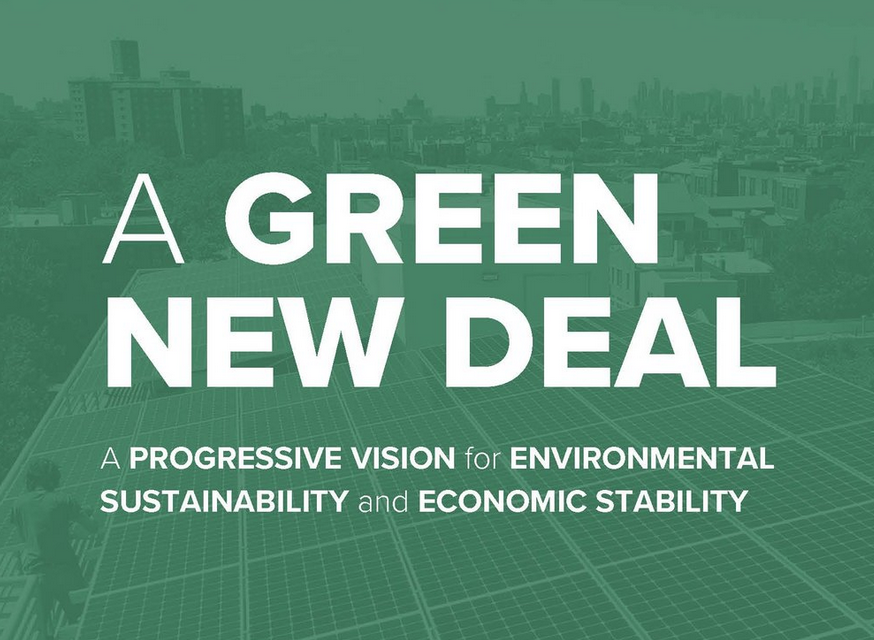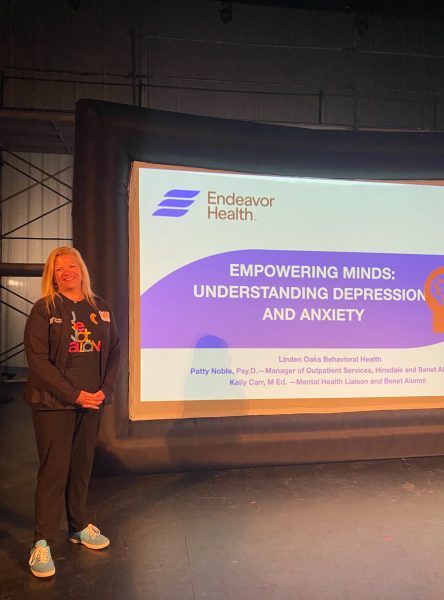Analysis of the Green New Deal
There is little doubt in anyone’s mind that the newly elected freshman class of Congress has made a significant impact on its 116th session. Members of the Democratic party, which recently gained control of the House of Representatives, have wasted no time proposing new legislation and exercising Congressional oversight in these first two months of meeting. Perhaps the most vocal of these lawmaker is Alexandria Ocasio-Cortez, the freshman congresswoman from NY-14 who has become a household name following her popular candidacy and eventual election to her Congressional seat. Ocasio-Cortez is the primary proponent of the Green New Deal, which is “a broad and ambitious package of new policies and investments in communities, infrastructure, and technology to help the United States achieve environmental sustainability and economic stability” (Policy Report by Data for Progress).
The Green New Deal aims to place greater emphasis on environmental care on a national level. The deal can be broken down into four major aspects: transformation to a low-carbon economy, clean air and clean water as a right, restoration of the American landscape, and urban sustainability and resilience.
The first of these proposals, a low-carbon economy, entails the elimination of net emissions from fossil fuel energy by 2050. In order to do this, the United States needs to implement renewable energy sources such as solar, wind, hydro (water), nuclear, and several more. The elimination of energy emissions also requires a major transportation revolution. Any transportative vehicle that operates on fossil fuels would ideally be transitioned to a more environmentally conscious means of power, such as electricity or carbon-neutral fuel.
Clean air and clean water, the second part of this package, can only be ensured by the reduction of fossil fuel emissions. The Green New Deal is targeting the lack of foresight in infrastructure, industrial pollution, and natural waterways in order to eradicate the problem. Statistics have shown that over 130 million Americans live in areas that do not fulfill the Ambient Air Quality Standards, as overseen by the Environmental Protection Agency. The GND hopes that these projects, such as building new infrastructure for safe water transportation, will stimulate economic growth and create jobs.
The third component of this proposal, restoring the American landscape under the GND, is no small feat. The deal aims to reforest 40 million acres of American land and 5 million acres of wetlands, expand sustainable farming, and clean up sites that contain hazardous materials, such as pollutants and contaminants. Because American land is absorbing the harmful emissions and thus has been negatively affected, the GND would work to prevent further harm and reverse the damage that has already occured.
Finally, the last component of the GND, urban sustainability and resilience, refers to long-term solutions that will improve urban living for years to come. This aspect of the deal targets the need for low-carbon urban transit, an expansion of green space in city areas, and ultimately, the elimination of waste by 2040.
Objectively, the Green New Deal is a massively ambitious proposal that would require a massive shift in American living. The deal is a point of great dispute between the Democratic party, which has brought this deal to the table, and the Republican party, which is generally against massive spending programs by nature. Ultimately, it will be up to Congress to decide whether the Green New Deal will be an effective enough measure for the environmental state of the United States and if they want to adopt this policy.
More information on the specifics of the Green New Deal can be found at https://www.dataforprogress.org/green-new-deal.









